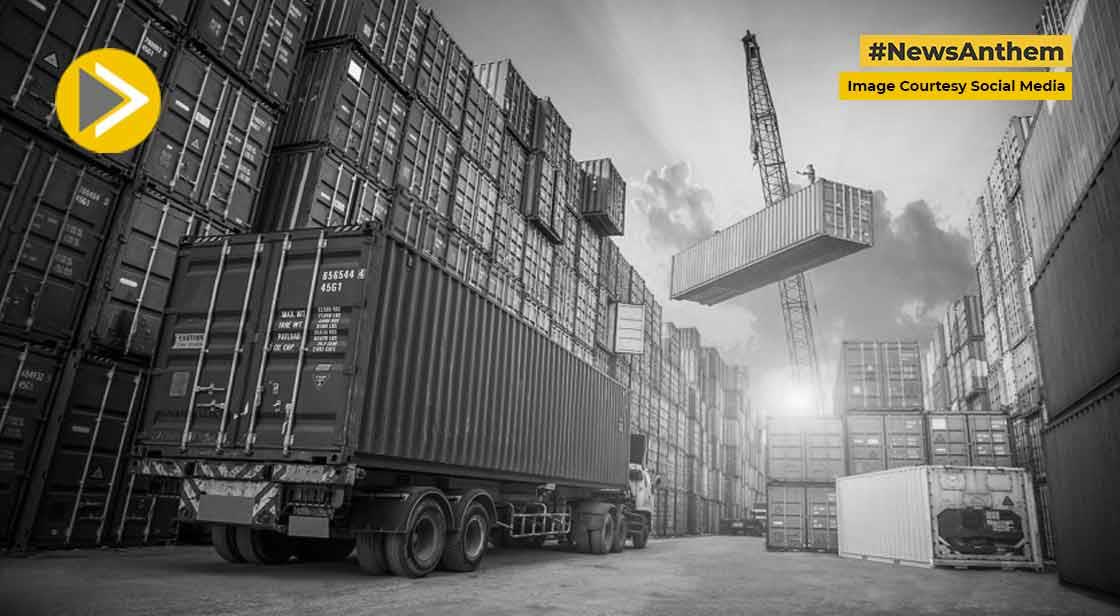Logistics Sector In India Estimated To Grow Over 3 Trillion In 35 Years

News Synopsis
Recently, National Logistics Policy was launched by Prime Minister Narendra Modi. Stakeholders, businesses, and think tanks all praised the initiative. The PM Gati Shakti National Master Plan, a revolutionary strategy to boost productivity and offer seamless first- and last-mile connectivity, is where the idea originated. The goal of the policy is to "create in the nation a trusted logistics ecosystem that is technologically enabled, integrated, cost-effective, robust, and sustainable for fast and inclusive growth." A more complete, succinct, and clear vision statement could not have existed.
For supply chain management and infrastructure development, logistics has remained a weakness. The cost of logistics in India is approximately 12–13% of GDP, which is significantly higher than the cost of logistics in developed nations like Germany and the US, which are at 8% and 9.5% respectively, according to the World Bank's 2018 Logistics Performance Index (LPI), which places India at number 44. As a result, the key lies in logistics that are guided by a clear policy and framework. Currently, roadways account for about 60% of freight transportation, followed by railroads (32%), and waterways (14%). (5 percent). Comparatively, the average percentage of roads and railroads worldwide is 25 and 60 percent, respectively.
With the presence of publicly owned roads and trains, the government becomes not only a regulator but also a significant stakeholder, making the logistics sector crucial.
In general, logistics refers to the time, effort, and money spent on storing and moving a good from its point of origin to its final destination. For instance, processing and shipping costs are increased when fox nuts, or makhana, from Bhagalpur, Bihar, are shipped to Bangladesh.
You May Like









